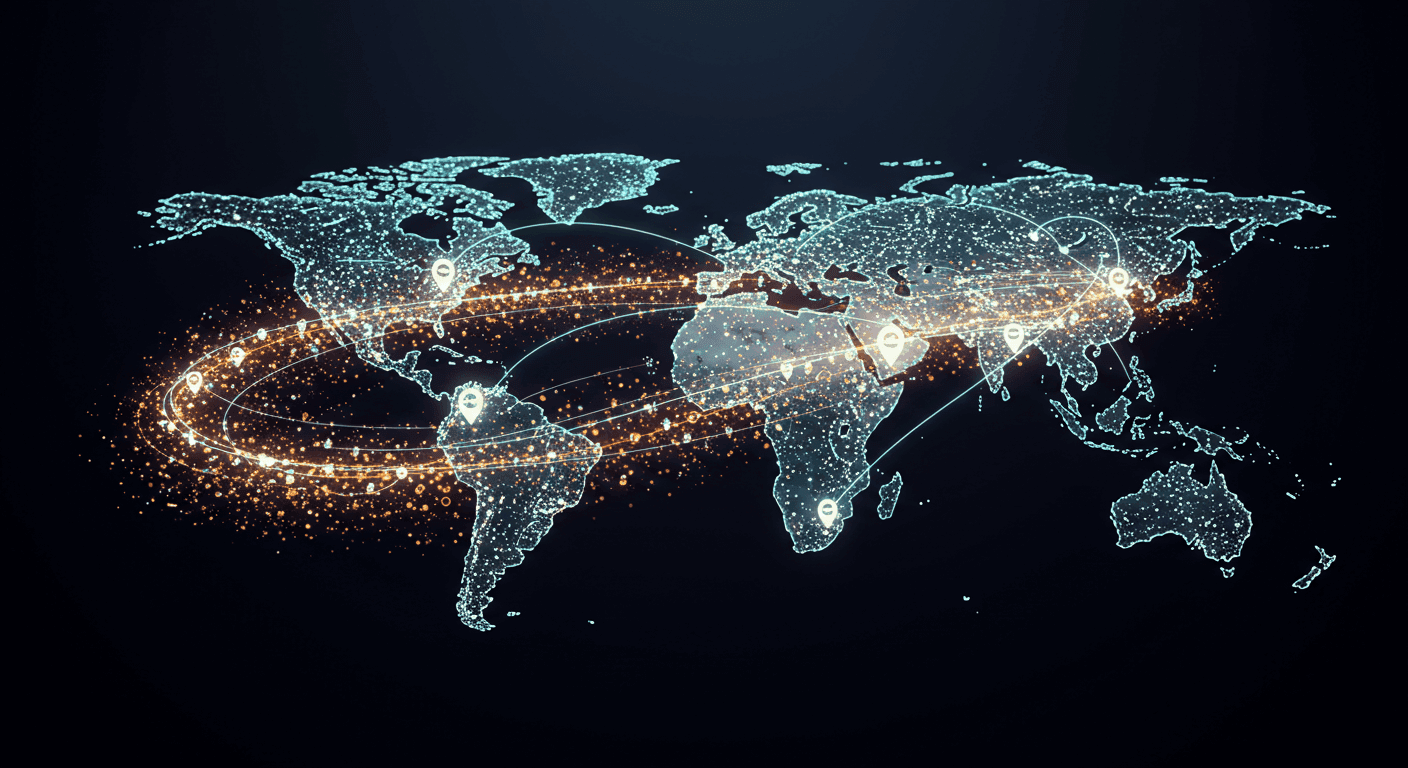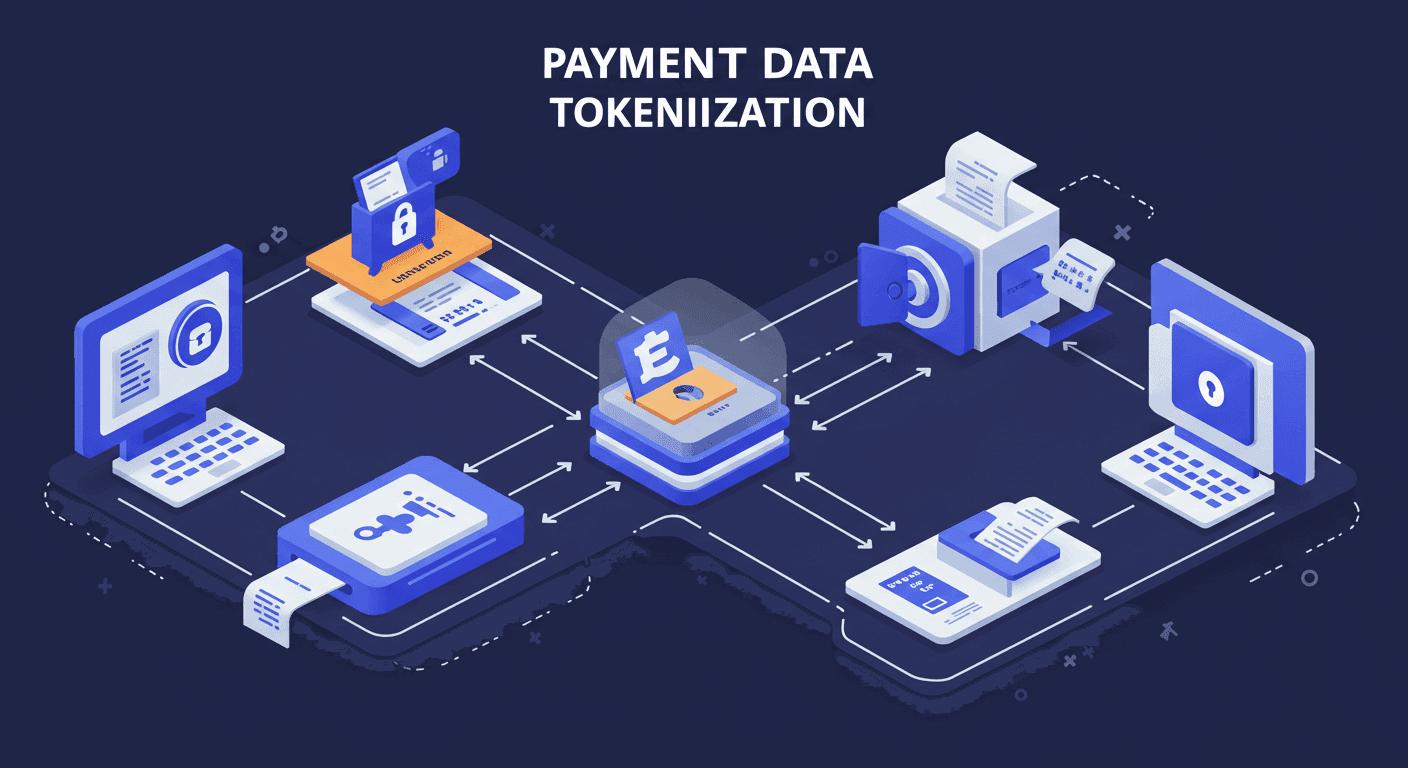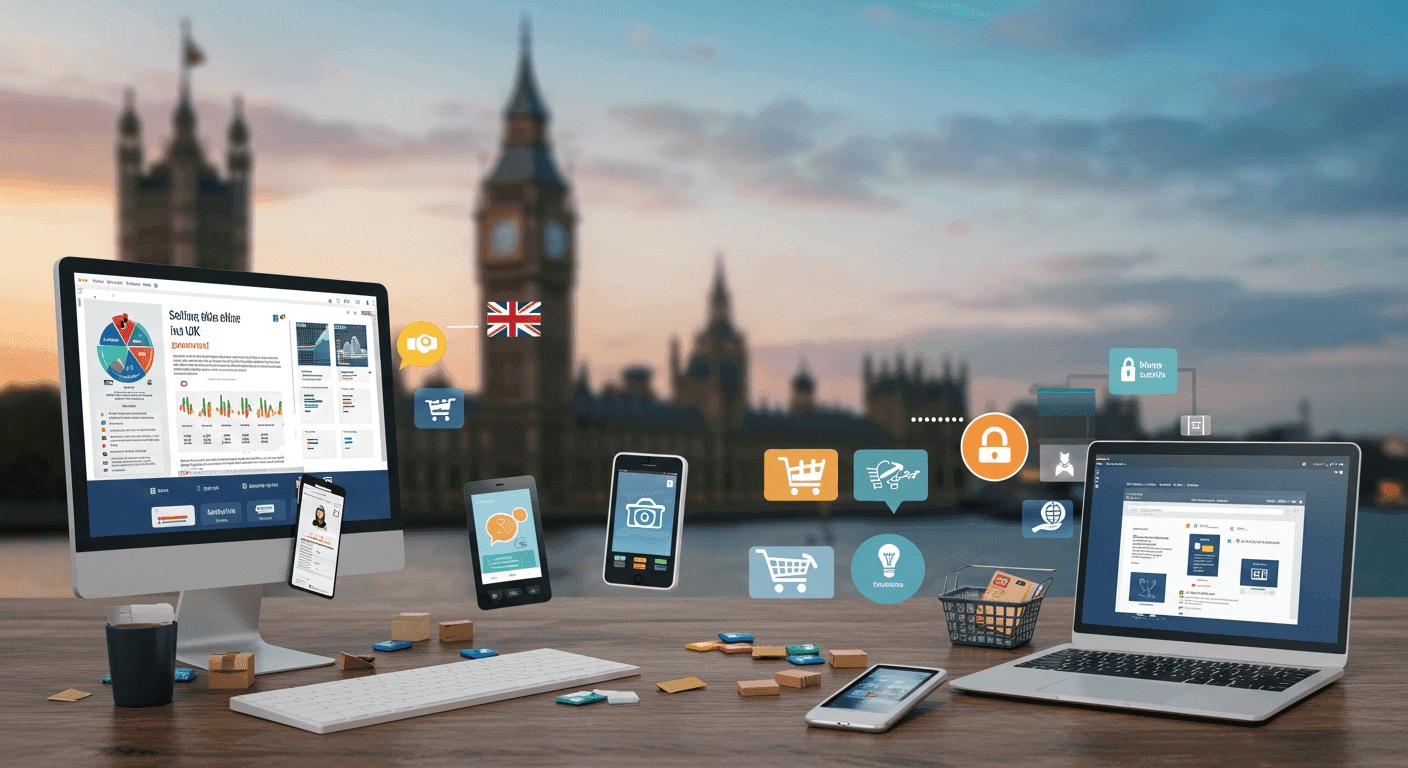Have you ever tried sending money to someone in another country?
If yes, you know it can take days to arrive. On top of that, the fees can be very high.
Traditional money transfers go through banks and other middlemen. Each one takes a small fee, and each step slows the transfer down. Your money might pass through 3 or 4 systems before reaching the person you sent it to.
For example, if you send $100 overseas, the other person might get only $90 or less after fees. And if it’s a weekend or a holiday, the money might not even move until the next business day.
That’s why people are looking for better options—and blockchain is one of them.
What Is Blockchain and How Does It Work?
Blockchain is like a digital notebook that records transactions in a safe and clear way. Once something is written on it, no one can erase or change it.
It works on a network of computers around the world. When you send money using blockchain, many computers check and agree that the transaction is correct before adding it to the chain.
This system doesn’t rely on banks. Instead, it uses technology to keep things fair and open. Every user can see the transactions, but personal details stay private.
How Blockchain Speeds Up International Transfers
When you send money using a bank, it might go through different countries and systems before it reaches the final person.
With blockchain, there are no middlemen. The money goes straight from you to the person you're sending it to.
This means the transfer can happen in minutes—not days.
Let’s say someone in Canada wants to send money to a family member in Kenya. Using blockchain, that transfer can happen in less than 10 minutes using a stablecoin or cryptocurrency. No banks. No waiting.
This is a big deal for people who rely on fast money transfers—like those sending money home to family.
How Blockchain Cuts the Cost of Sending Money
Bank fees and transfer charges can take a big bite out of your money. Some banks charge flat fees. Others charge a percentage of the amount you’re sending.
According to the World Bank, the average fee for sending $200 across borders is around 6.2%. That’s over $12 lost on every $200 you send.
Blockchain transfers can cost a few cents to a couple of dollars, depending on the network you use.
With less money lost to fees, people get to keep more of what they earn. That’s especially helpful for workers sending money home each month.
Countries and Companies Using Blockchain for Payments
Some countries are already using blockchain to improve their payment systems.
For example, the Philippines is working with blockchain firms to offer cheaper ways for workers abroad to send money home.
In El Salvador, Bitcoin is used alongside the country’s normal money. People can pay for things or send funds using their phones and a Bitcoin wallet.
Even large companies like Ripple and Stellar are working with banks and payment services to make blockchain transfers easier and faster.
Why Blockchain Is Helpful for People Without Banks
More than 1.4 billion adults in the world don’t have a bank account, according to the World Bank.
This makes it hard for them to send or receive money, pay bills, or get paid for work. Blockchain can help by giving people a way to manage money using just a smartphone.
With a simple app, someone can receive money from abroad, store it safely, and even spend it. They don’t need a bank account or credit card.
This makes it easier for people in remote areas or countries with weak banking systems to connect to the world economy.
Challenges with Blockchain and What’s Being Done
While blockchain sounds simple, there are still a few things to work out.
Not everyone has a strong Internet connection or knows how to use digital wallets. Scams are also a concern. If someone sends money to the wrong address, it’s hard to get it back.
Also, some blockchains can get slow when lots of people are using them at once. Fees can go up if the network is busy.
But many groups are working on solutions—like making wallets easier to use, adding extra security checks, and building faster networks with lower fees.
Governments and tech firms are also trying to create rules that protect users and stop bad actors.
The Future of Sending Money Across Borders
In the next few years, sending money across countries may become faster, cheaper, and easier for everyone.
Blockchain is already helping millions of people send and receive funds without banks. As more people get access to mobile phones and better internet, blockchain may play an even bigger role.
Governments might also create their own digital currencies, called CBDCs (Central Bank Digital Currencies), which could use blockchain to work better and faster than current systems.
If this continues, people everywhere—from small villages to big cities—can benefit from better money transfer options.
Final Thoughts
Sending money to someone in another country shouldn’t be slow or expensive. Blockchain offers a way to make it faster and cheaper by removing middlemen, cutting down on fees, and working in real time.
It also opens the door for people who don’t have access to traditional banks. With just a phone and the internet, anyone can send or receive money from anywhere in the world.
The system isn’t perfect yet, but it’s improving quickly—and for many people, blockchain already makes sending money simpler, quicker, and more affordable.
FAQs
Is blockchain safe for sending money overseas?
Yes, blockchain is very secure. It uses encryption and a shared ledger to protect each transaction. But you should always double-check wallet addresses before sending money.
Do you need a bank account to use blockchain?
No, you don’t need a bank account. All you need is a smartphone, internet access, and a digital wallet app to send or receive money.
Which cryptocurrencies are commonly used for sending money abroad?
Popular choices include Bitcoin (BTC), Ethereum (ETH), Litecoin (LTC), and stablecoins like USDT and USDC, which are linked to the US dollar.





